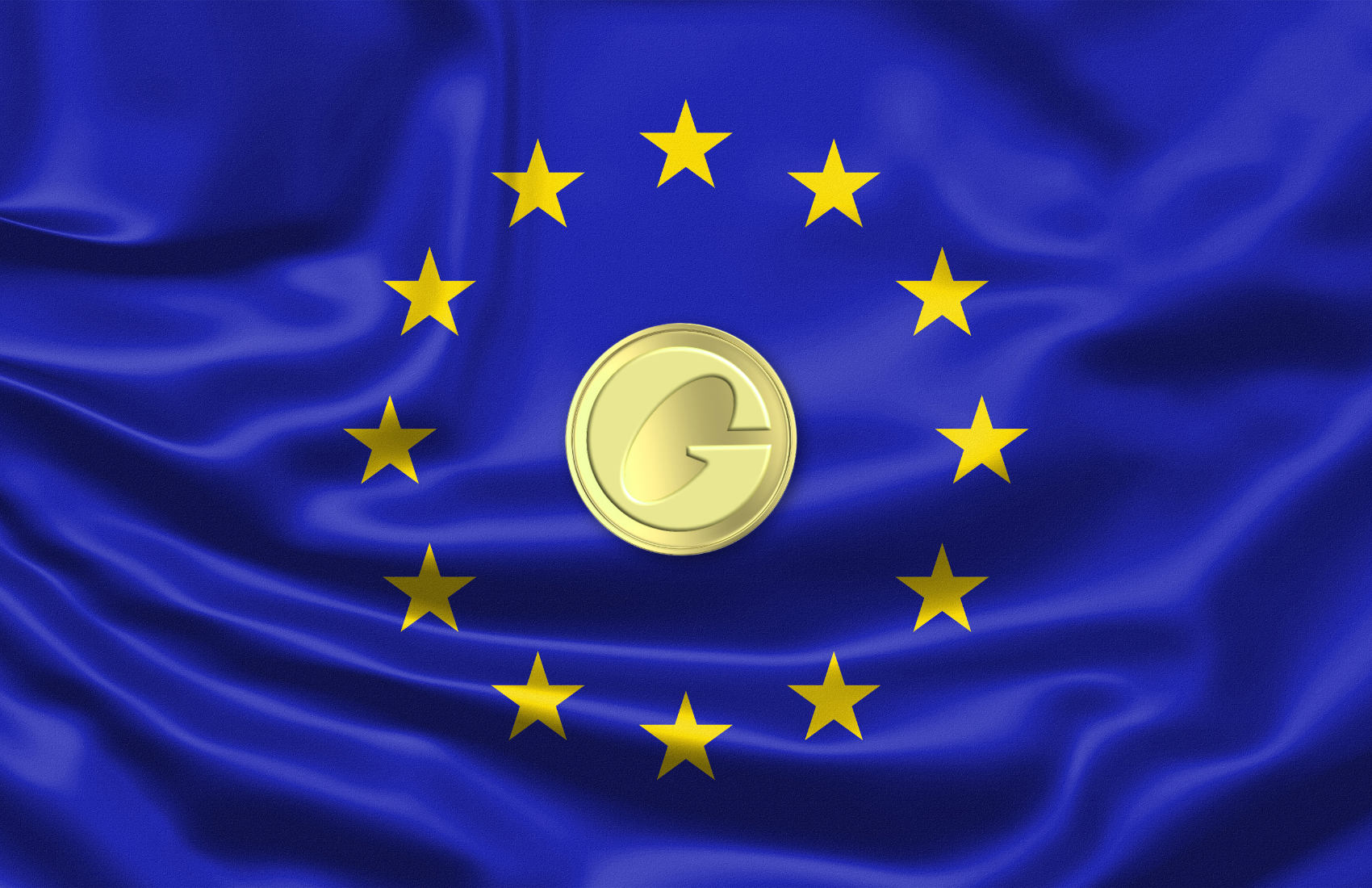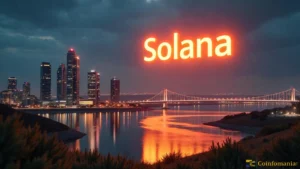Paxos Unveils Global Dollar USDG in EU: A New Era for Digital Currency

Paxos Launches Global Dollar Stablecoin (USDG) in the EU Under MiCA Regulations
Introduction of USDG in Europe
Paxos has officially introduced its Global Dollar stablecoin, known as USDG, in the European Union, adhering to the region’s MiCA regulations. Among the initial partners facilitating this launch are prominent exchanges like Kraken and Gate. In a notable shift from typical industry practices, Paxos has opted to share a significant portion of its revenue generated from the stablecoin’s reserves with its distribution partners.
Commitment to Compliance and Consumer Protection
Walter Hessert, Paxos’ Head of Strategy, emphasized the importance of compliance, stating, “USDG is a fully regulated global USD-stablecoin that meets MiCA standards and is now accessible in the EU. This launch reflects our dedication to providing global digital assets that are overseen by regulatory authorities while ensuring top-tier consumer protection.” He expressed enthusiasm about collaborating with leading European entities to extend this high compliance standard to over 450 million consumers in the EU.
Global Distribution and Current Issuance
On a worldwide scale, USDG boasts several notable distribution partners, including Anchorage Digital, Fiserv, Kraken, Mastercard, Robinhood, and Worldpay. However, the stablecoin is still in its early stages, with a total issuance amounting to $320 million.
Regulatory Background and European Operations
Originally launched under Singaporean regulations, Paxos is also regulated in that jurisdiction. Last year, the company acquired Membrane Finance in Finland, which already held a MiCA license, and has since rebranded it as Paxos Issuance Europe to facilitate operations across Europe.
The Complexities of Multi-Jurisdictional Stablecoins
The launch of USDG raises important discussions regarding the fungibility of stablecoins across different jurisdictions. The EU has specific requirements for stablecoin reserves, mandating that smaller stablecoins like USDG maintain 30% of their reserves in cash held in local bank accounts. This regulatory framework introduces operational challenges for managing global stablecoin reserves.
Despite maintaining distinct backing assets for electronic money tokens (EMTs) issued in the EU, there exists a single smart contract on each blockchain that represents stablecoins issued globally. This is managed through a process of rebalancing reserves. The EU mandates that crypto exchanges provide daily reports to EMT issuers, allowing Paxos to monitor the issuance of stablecoins in the EU, with the exception of self-hosted balances. This data enables effective reserve management, and Paxos has indicated that it will rebalance reserves at least weekly. While this frequency is manageable at the current scale, it may need to be adjusted as the stablecoin grows.
Concerns from EU Lawmakers
EU parliamentarians have expressed concerns regarding the rebalancing process, fearing that in times of crisis, non-EU residents might redeem their stablecoins through Europe due to lower costs and direct access from the issuer. During the drafting of the MiCA regulations, lawmakers intentionally chose not to acknowledge stablecoin issuance from third countries, and they believe that the current methodology undermines this decision.







